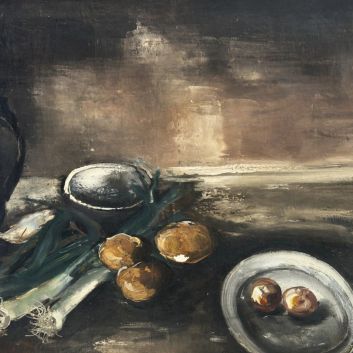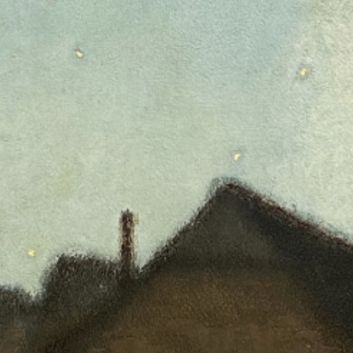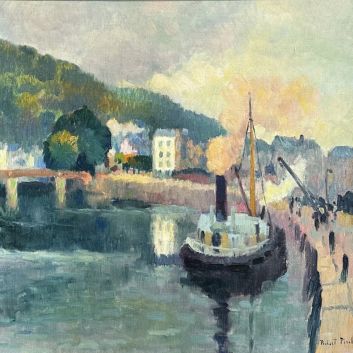Rating and value of paintings by Charles Camoin
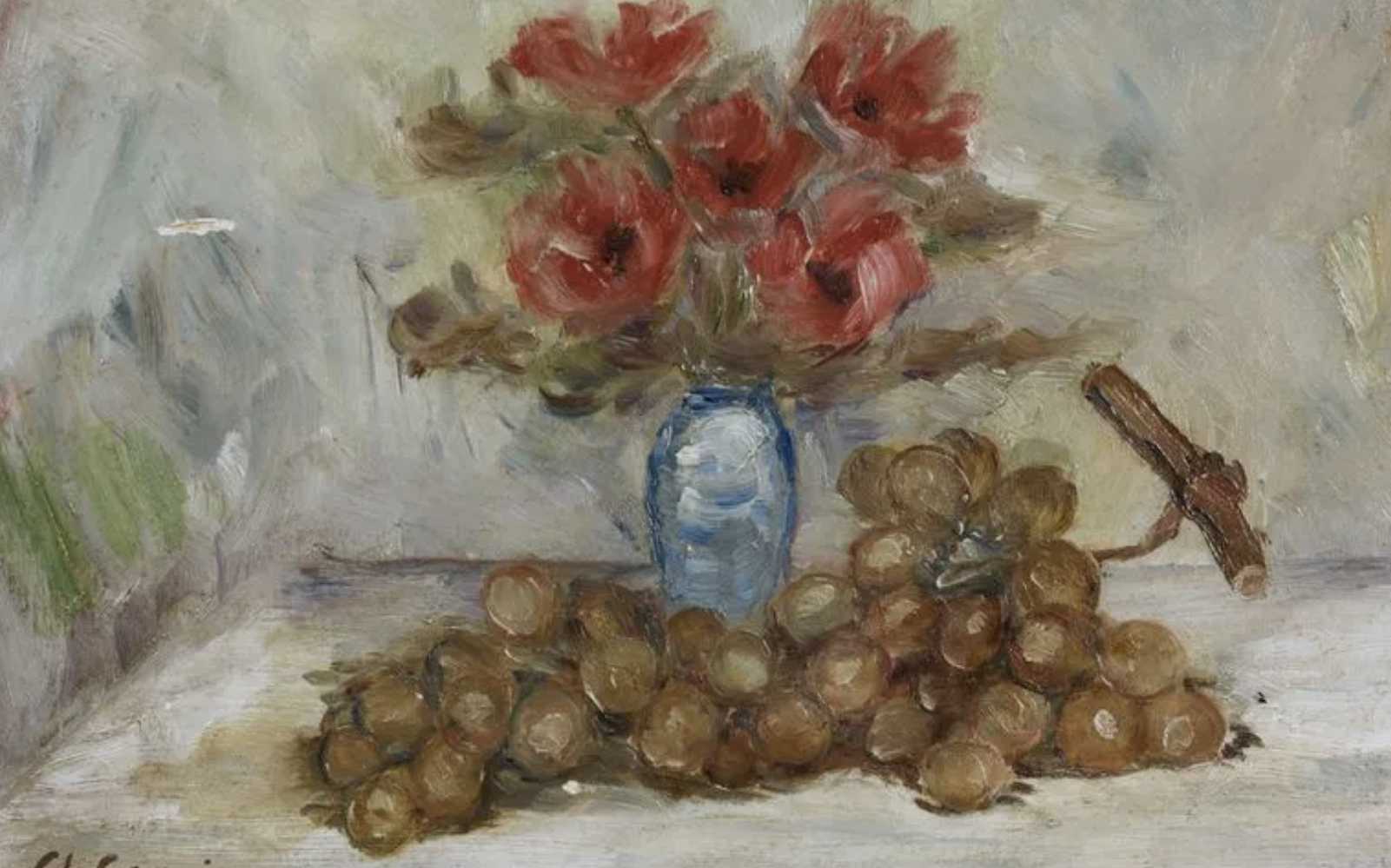
If you own a work by or based on the artist Charles Camoin and would like to know its value, our state-approved experts and auctioneers can help you.
Our specialists will carry out a free appraisal of your work, and provide you with a precise estimate of its value on today's market. Then, if you wish to sell your work, we will guide you towards the best possible means of obtaining the best possible price.
Artist's rating and value
An important Fauvist artist of the twentieth century, Charles Camoin enjoys a high and growing standing on the auction market. Rarely seen in auction rooms, Camoin's paintings attract a large number of collectors, particularly landscape enthusiasts.
As a result, the painter is a sure bet on the art market, with prices for his works ranging from €20 to €255,000 - a substantial delta, but one that speaks volumes about the value that can be attributed to the artist's works. A case in point is his oil on canvas Port de Cassis, which sold for €255,000 in 2010.
Order of value from the most basic to the most prestigious
Technique used | Results |
|---|---|
Print - multiple | From €20 to €380 |
Drawing - watercolor | From €140 to €12,000 |
Oil on canvas | From €210 to €255,000 |
Response in less than 24h
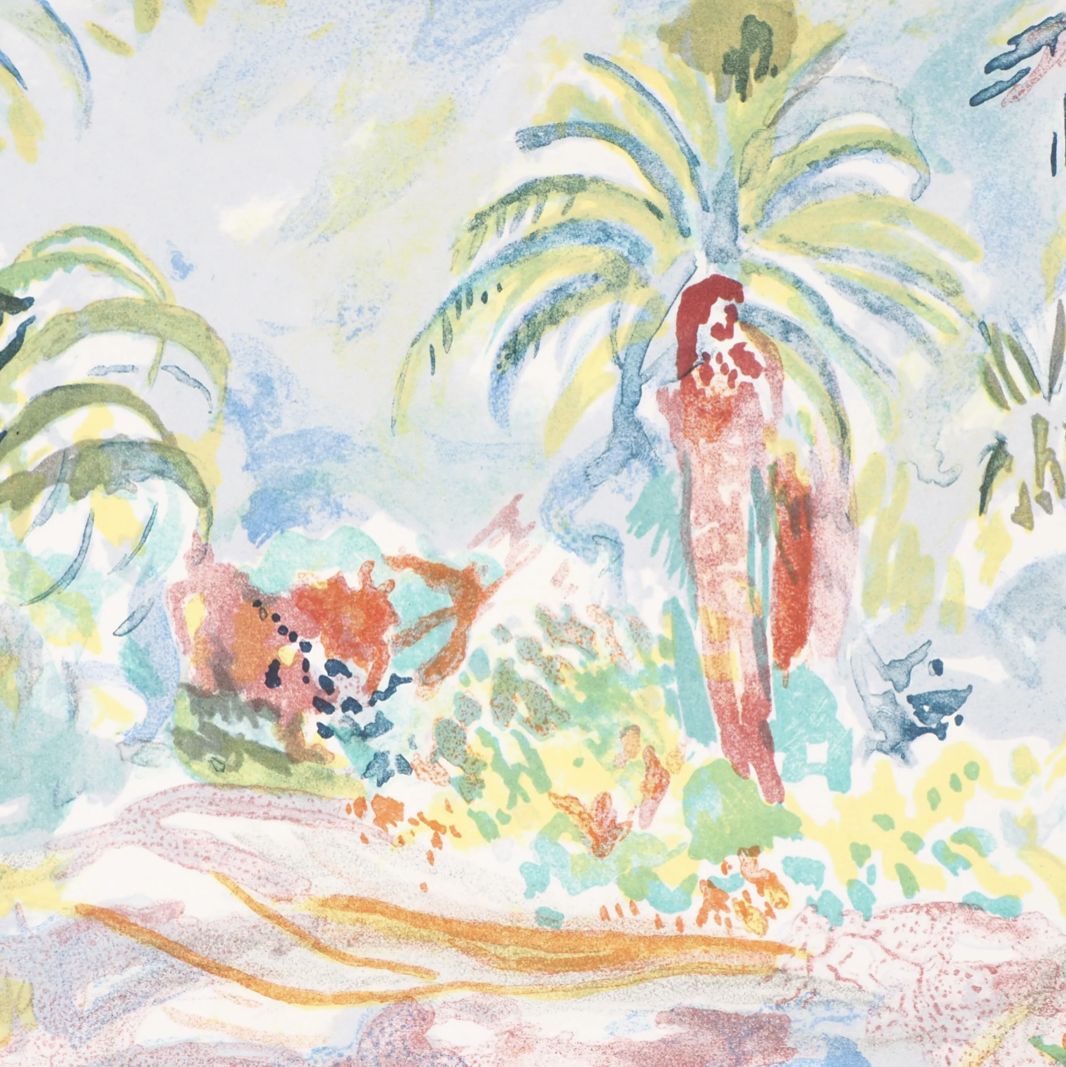
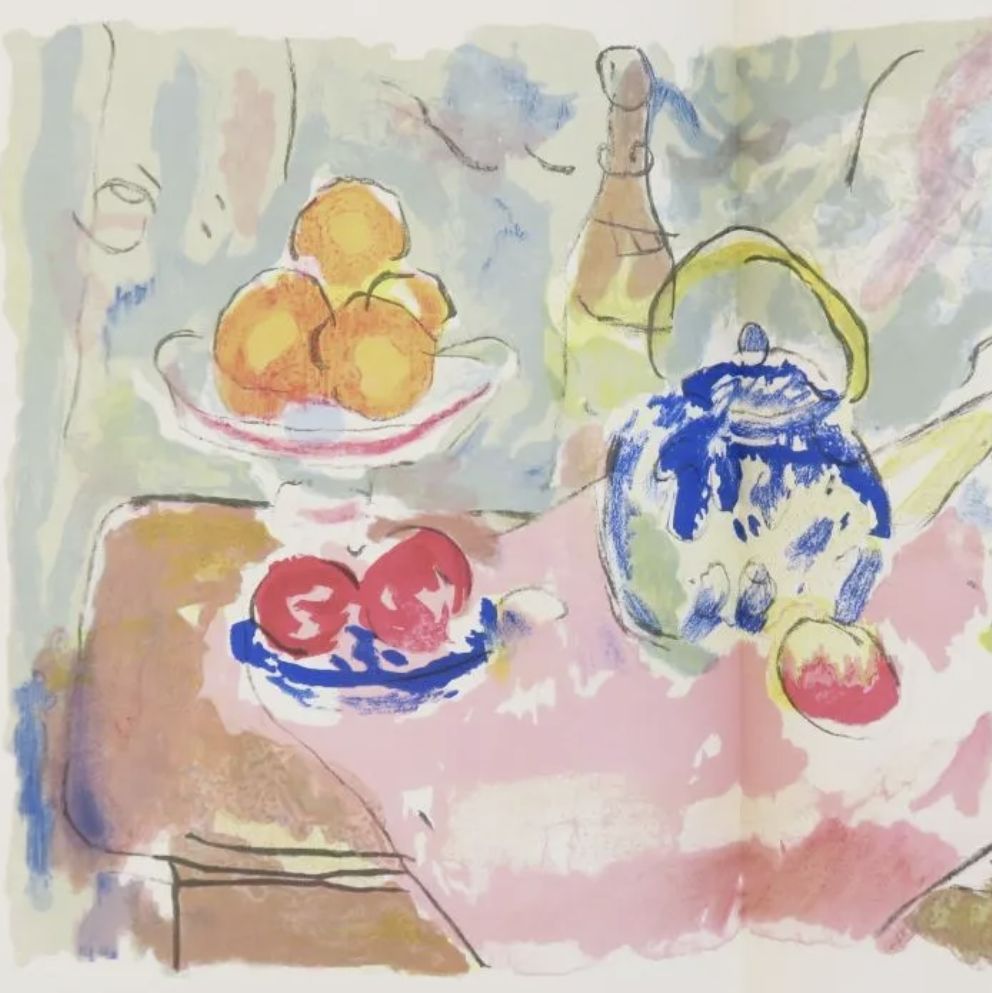
The artist's works and style
Bold and expressive, Charles Camoin's style is characterized by pure pigments and a luminous treatment of color.
He was a member of the Fauvist group, which formed in 1905 at the Salon d'Automne. Along with other artists such as Vlaminckthey made use of some of the achievements of Impressionism, while at the same time developing a new way of painting.
The life of Charles Camoin
Charles Camoin (1879-1965) was a French Fauvist painter of the early 20th century.
His father ran a painting and decorating business. When his father died, he moved between Paris and Marseille, where he took drawing classes at the École des Beaux-Arts.
After receiving an award, he decided to devote himself solely to art and not to commerce, and moved permanently to Paris to do so.
He then studied at Gustave Moreau's studio, where he met the future pioneers of Fauvism: Henri Matisse, Albert Marquet and Henri Manguin. In the end, he had very little contact with Gustave Moreau, who died soon after taking him under his wing.
The artist himself would say that it was above all Marquet and Matisse who provided him with skills and knowledge, influencing his work and vice versa.
Fernand Cormon directed the studio of the four Fauves, whose teaching they disliked for being too academic. They joined the Camillo Academy, which was freer from academic norms. They became interested in the color work of Delacroix and Rubens.
Camoin was also influenced by the Impressionists. In 1900, he left for military service in the Aix-en-Provence region, where he met Cézanne. Despite his strong character, Cézanne befriended Camoin and advised him.
Back in Paris, he exhibits at the Salon des Indépendants and the Salon d'Automne. With the Fauve group and Jean Puy, he also exhibited at the Berthe Weil gallery. He also took advantage of this period to travel to Italy and see the paintings of the greatest Italian painters, which encouraged him to work on expression.
The following year, he exhibited in Room VII at the Salon d'Automne - a landmark event in twentieth-century art history that introduced the Fauvists to Louis de Vauxcelles.
Camoin regularly spent time in Provence, which is why he produced numerous oil paintings of Saint-Tropez.
From 1906 onwards, he exhibited at the Kahweiler gallery, ensuring his success with the public as well as regular commissions from collectors. Thanks to his links with other German dealers, he exerted a certain influence on Expressionists in that country.
August Macke, among others, took an interest in his work. This interest led to his paintings being exhibited at the Sonderbund in Cologne, and in other countries: Belgium, the United States, Russia...
He then spent time in Tangiers with Matisse, but never produced an Orientalist painting.
The importance of the Fauvist movement in art history
Fauvism, an artistic movement that emerged at the beginning of the 20th century, represented a decisive break in the history of art, particularly in the way color was used to express emotions rather than to imitate reality.
This movement officially emerged in 1905 at the Salon d'Automne in Paris, where a group of artists, including Henri Matisse, André Derain and Maurice de Vlaminck, shocked the public with canvases in pure colors, applied in bold, unmodeled flat tints, earning them the label "fauve" from critic Louis de Vauxcelles.
Although relatively short-lived, from 1904 to 1908, Fauvism marked a fundamental turning point, freeing color from its traditional constraints and placing personal expression at the heart of artistic creation.
Camoin's paintings as seen by the public
Charles Camoin (1879-1965), a key figure in this movement, played an essential role in the evolution and dissemination of Fauve principles. Born in Marseille, he joined Gustave Moreau's studio at the École des Beaux-Arts in Paris, where he became friends with Matisse.
From his earliest works, Camoin distinguished himself by his dazzling use of color, which he pushed to unprecedented intensities, seeking to convey the light and vitality of the Mediterranean landscape he was particularly fond of.
Unlike some of his contemporaries, Camoin did not limit himself to formal experimentation; he maintained a strong link with visible reality, but transposed it into a vibrant chromatic language that prefigured abstraction.
For Camoin, Fauvism is not just a technique, but a philosophy of color as a vehicle for emotion. This approach is reflected in his landscapes of southern France, where sea and sky melt into harmonies of blue, green and ochre, creating an atmosphere of luminous serenity.
Even after the dissolution of the Fauvist group, Camoin continued to explore the expressive possibilities of color throughout his career, marking an ongoing evolution that extended well beyond the Fauvist period itself.
As a Fauvist figure, Charles Camoin made a valuable contribution to modern art through his unique exploration of the expressive potential of color.
His work reflects the transition from figuration to abstraction, while retaining a particular sensitivity to Mediterranean landscapes that characterizes much of his work.
Thanks to artists like Camoin, Fauvism left an indelible mark on the development of modern art, paving the way for later avant-garde movements such as Cubism and Expressionism.
In short, Charles Camoin's work illustrates not only the principles of Fauvism, but also its ongoing evolution, making him a key player in twentieth-century art history.
Charles Camoin's imprint on his period
Charles Camoin is a painter who helped revolutionize twentieth-century painting. He is the author of a major body of work.
Some of his works are held in museums in France and around the world, but most of his paintings are owned by private collectors - who regularly put them back on the auction block.
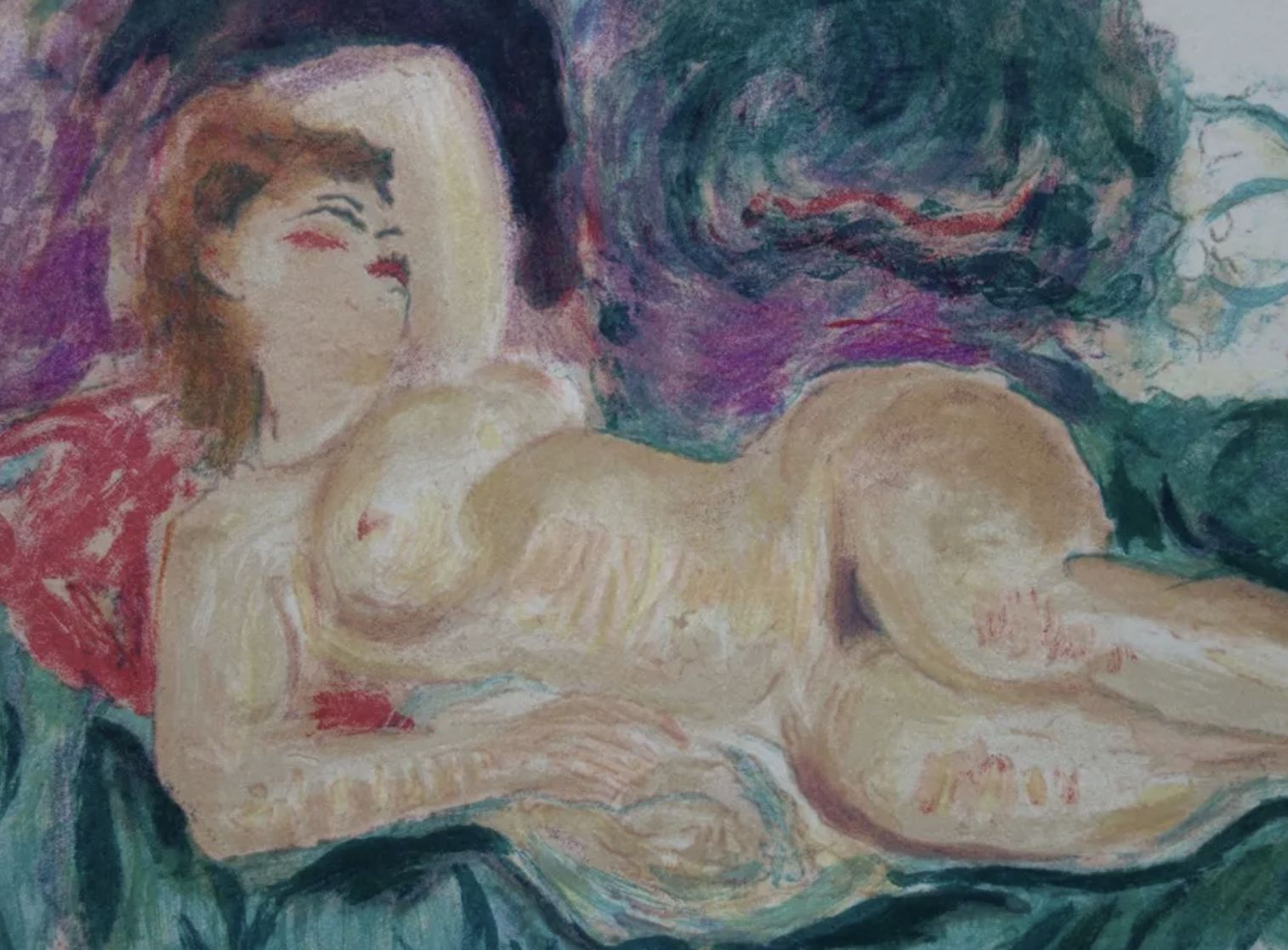
Why auction a Fauvist painting?
Fauvist paintings, with their bold use of color and crucial role in the evolution of modern art, attract particular interest and can achieve record prices. What's more, auctions offer a degree of security and transparency, with publicly accessible results, reinforcing the reputation of the artist and his works on the market. In conclusion, selling Fauvist paintings at auction is a wise strategy for sellers wishing to obtain optimum value for their works, while benefiting from the recognition and publicity offered by these events.
At Auctie's, your painting is first entrusted to an auctioneer and then to an expert specialized in his or her field, who works by consulting all the sources available in France to bring out the best in your painting.
We rely on the best sources, and attach great importance to catalogs raisonnés, the context in which the work was created, the artist's biography and the provenance of your painting.
His signature
Not all Charles Camoin's works are signed, and there are many forgeries.
Although there are variations, here is a first example of its signature:
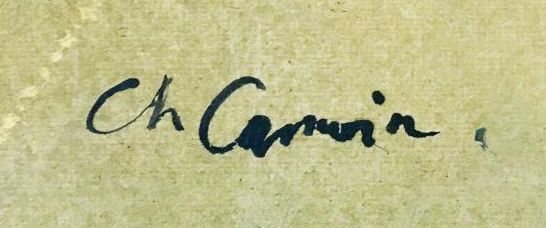
Appraising your property
If you own a work by Charles Camoin, don't hesitate to request a free appraisal by filling in our online form. A member of our team of experts and certified auctioneers will contact you to provide an estimate of the market value of your work.
If you are considering selling your work, our specialists will also guide you through the various alternatives available to obtain the best possible price, taking into account market trends and the specific features of each work.
Response in less than 24h
Related topics
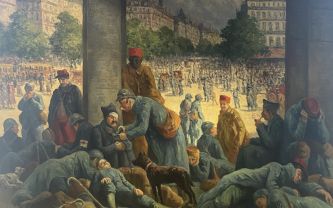
Rating and value of works, paintings and drawings by Maximilien...
Maximilien Luce is a 20th-century post-impressionist artist who produced many paintings and drawings that are quoted on the art market.
Read more >
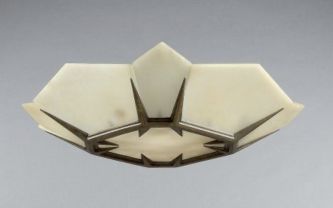
2024 quotation and value of sculptures, lighting fixtures and bronzes by Al...
Albert Cheuret is a twentieth-century decorator and sculptor whose works are highly prized at auction.
Read more >
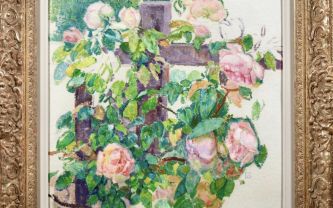
Rating and value of paintings by Théo Van...
Théo Van Rysselberghe is a Belgian painter who has lived through a number of currents, and whose works are quoted and valued at auction.
Read more >
Secure site, anonymity preserved
State-approved auctioneer and expert
Free, certified estimates
